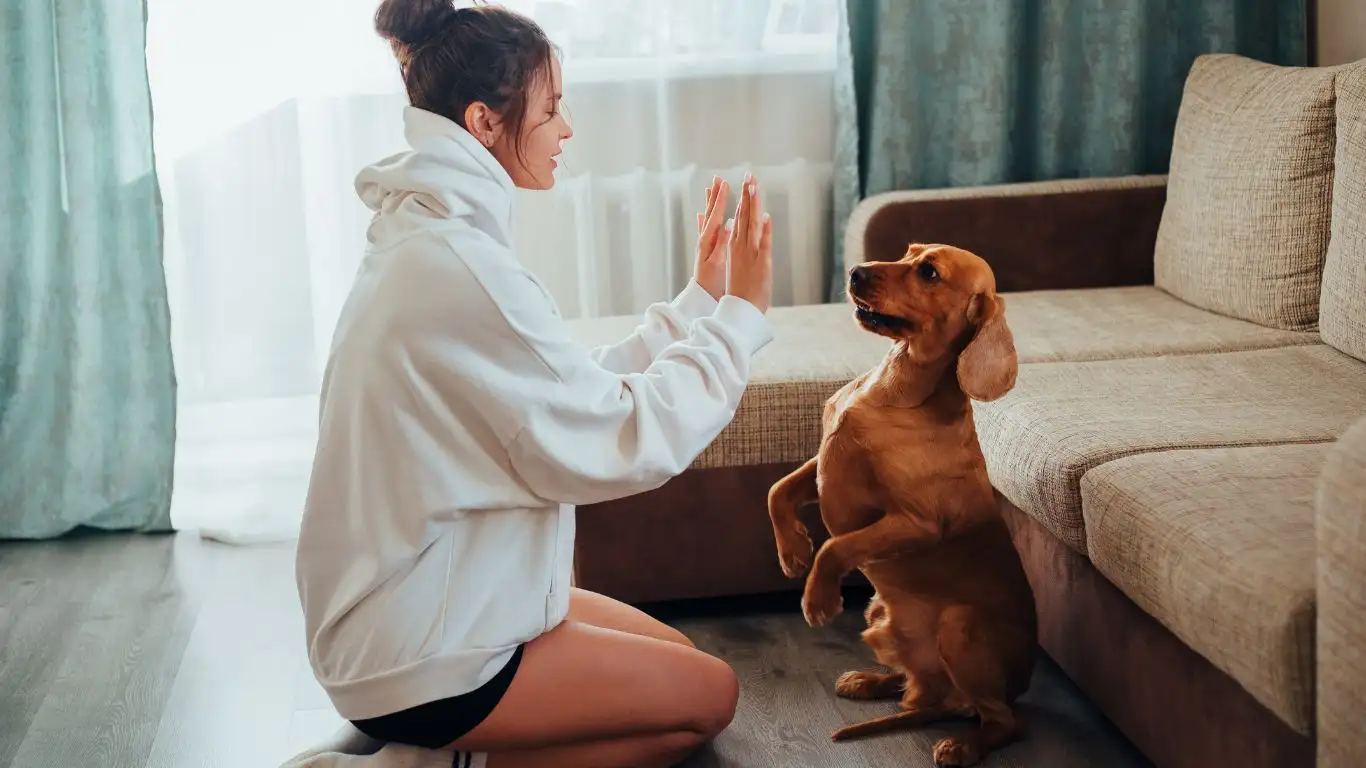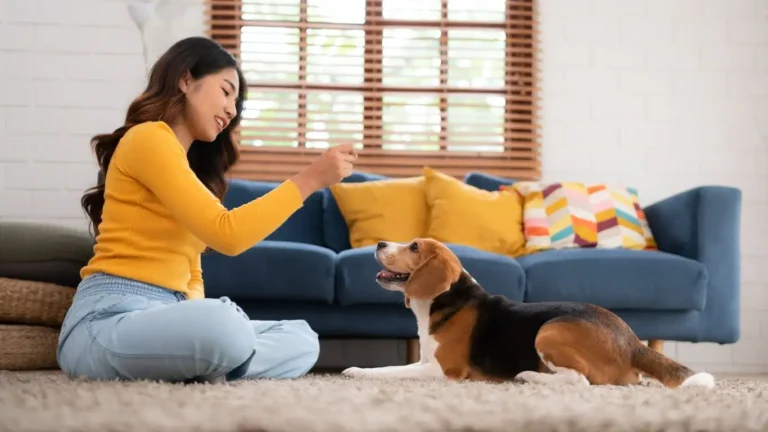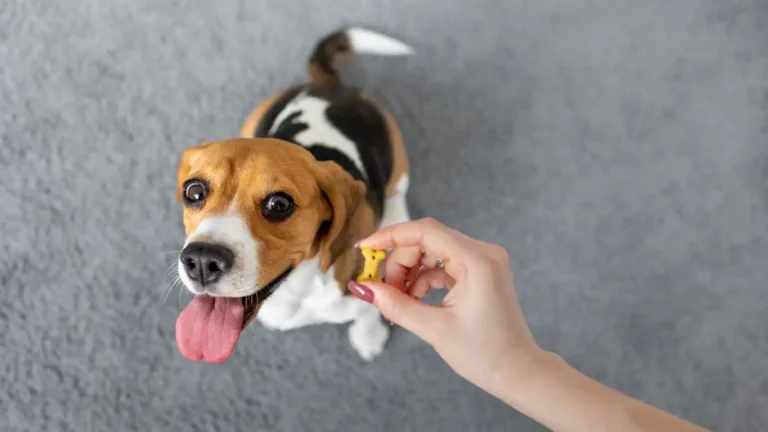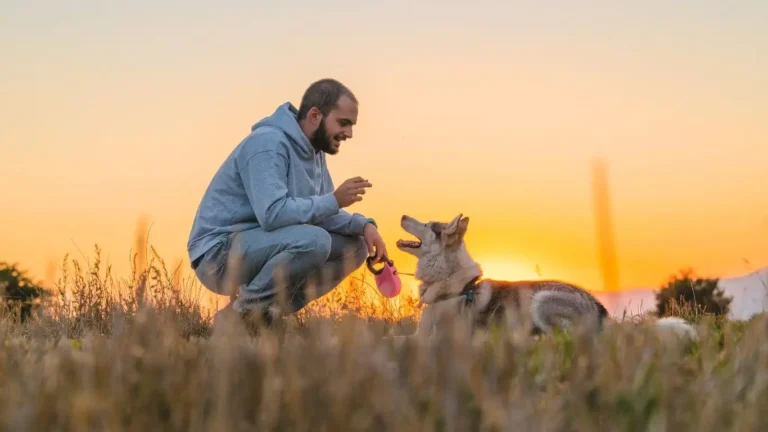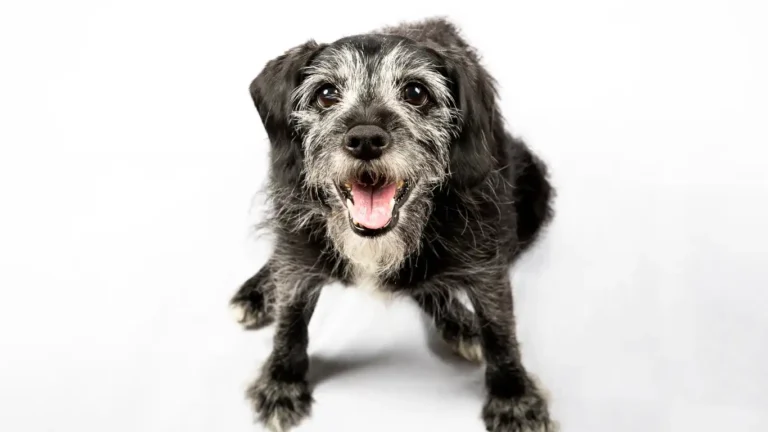Train Your Dog to Stay Still for the Leash Like a Pro
Let me tell you — if I had a biscuit for every time someone asked me how to train a dog to stay still for putting on a leash, I’d have to open a bakery by now. I’ve been working as a Canine-Assisted Therapy Trainer for years, and one of the most overlooked skills in early dog training is this exact one. It might sound simple — “just clip the leash on, right?” But anyone who’s wrangled a wiggly pup knows it’s more like trying to dress a toddler who just discovered sugar. So, let’s talk about it. This isn’t about brute control — it’s about connection, trust, and building a routine that works for both of you. Buckle up (or leash up?), and I’ll walk you through how I guide my therapy dogs to calmly wait for their leash like little furry zen masters.
Why Dogs Struggle With Staying Still
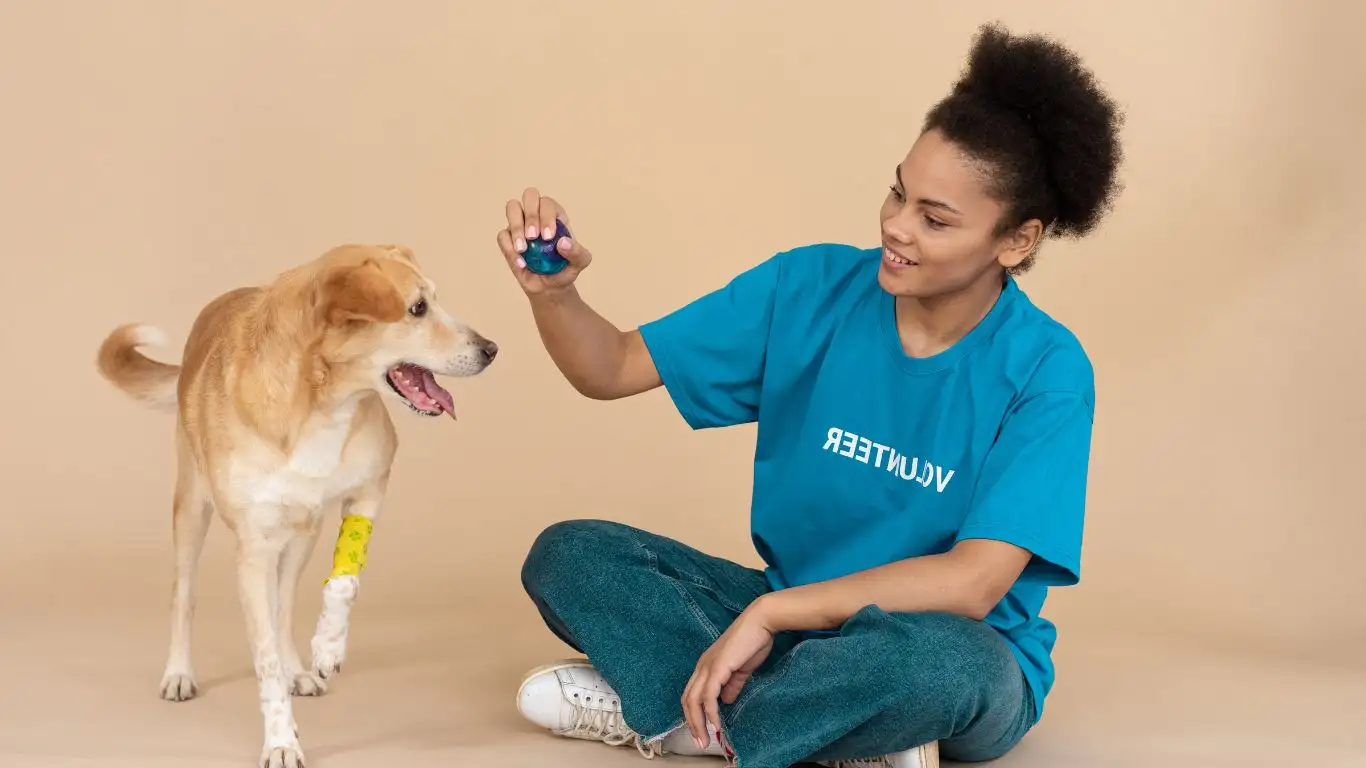
Before diving into the how, let’s understand the why. Most dogs aren’t being stubborn when they squirm or bolt at the sight of a leash. It’s usually a combo of three things:
- Excitement: Leash = walk. Walk = adventure. Adventure = total overload.
- Uncertainty: For pups not used to handling, the leash might feel like an unpredictable object.
- Lack of training: We sometimes expect dogs to “just know” what to do when we haven’t actually taught them.
Back when I first started with therapy dogs, I had this sweet, goofy Golden named Max. Total sweetheart — but when he saw the leash, he would do this full-body wiggle that made getting it clipped a five-minute job. What worked? Understanding that he wasn’t being “bad” — he was just really excited and didn’t know what was expected.
The Foundation: Calm Starts Before the Leash Comes Out
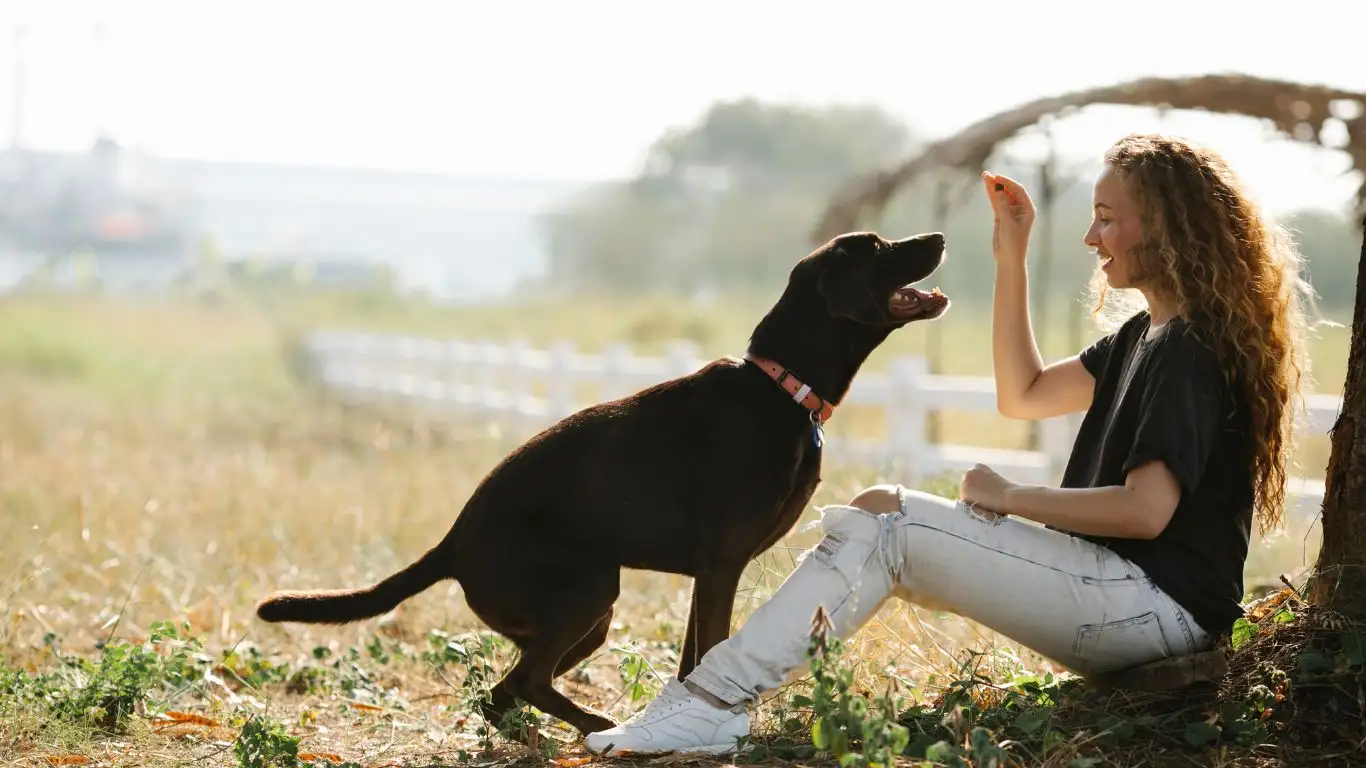
One of the golden rules I follow is: Don’t introduce the leash until your dog is calm. Think about it — if your dog is zooming around the room like a furry tornado, trying to attach a leash is just going to feel chaotic for both of you.
Set the Scene
Here’s a quick routine I use with all new dogs I work with:
- Pick a quiet space with minimal distractions. Bonus if it’s somewhere your dog already associates with calmness.
- Ask your dog for a known command like “sit” or “down.” No leash yet.
- Wait for a few seconds of calm behavior — soft eyes, loose body, quiet demeanor.
- Then and only then do you bring out the leash.
When I was training Luna, a reactive rescue pup, I’d even leave the leash on the ground in the room while we practiced calm behaviors. No pressure. No drama. Just letting her get used to it being there — like it was no big deal. And it worked. Over time, she associated the leash with calm focus instead of anxiety.
Teaching the “Stay Still” Command the Right Way

Start With Short Sessions
I always recommend keeping early training sessions short and sweet. Five minutes tops. You want to end on a win — not a meltdown.
- Have some high-value treats ready. Think liver bites or freeze-dried chicken, not the dry biscuits.
- Hold the leash in your hand but don’t try to attach it yet.
- Ask your dog to “stay” or just wait. If they stay still for even one second — reward!
- Gradually increase the time they must remain still before earning the treat.
One trick I love? Teaching the “chin rest.” You hold your palm out, and when the dog rests their chin in your hand, they get a reward. It’s not just adorable — it also gives you a still target to clip the leash.
Desensitize to the Leash Itself
Some dogs freak out just at the sound of the leash clasp. In those cases, I like to do what I call “leash therapy.”
- Click the clasp near them while feeding treats.
- Touch the leash to their collar but don’t clip — more treats.
- Build it up slowly, always pairing with something good.
This technique helped a skittish Doberman I worked with who would hide under the table at the sound of metal. After a week of calm, patient work, she was trotting over and offering her collar like a champ.
Timing and Patience: The Two Essentials
If I could only give two pieces of advice for how to train a dog to stay still for putting on a leash, it’d be this: timing and patience.
Dogs live in the moment. Reward the exact moment they get it right — not five seconds later. And if things go sideways (because hey, dogs have off days too), don’t punish or force it. Just reset. Take a breath. Try again later.
Stay consistent, and the payoff is huge — not just for walks, but for grooming, vet visits, therapy sessions, you name it. I’ve seen nervous dogs transform into calm, cooperative companions just by nailing this one behavior.
Practice in Real-Life Scenarios
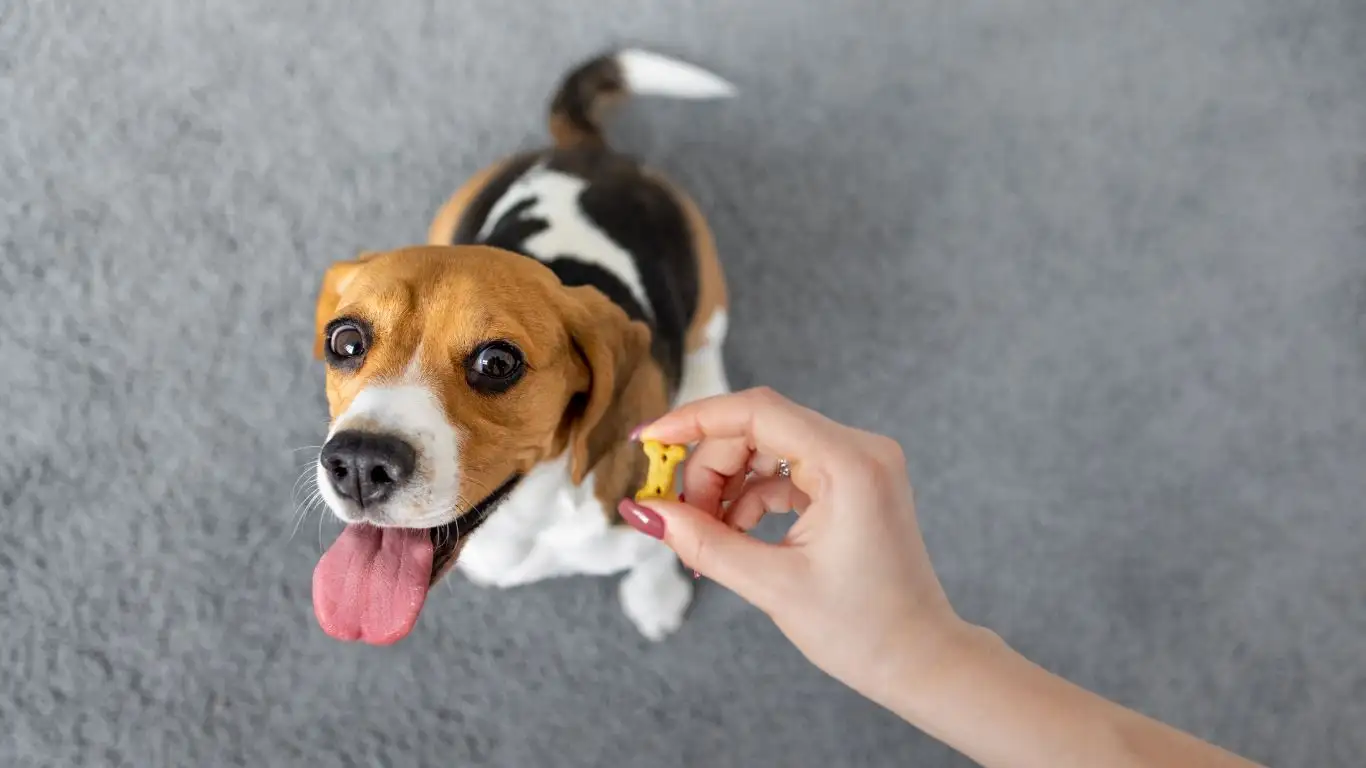
Okay, so your dog has mastered staying still in the living room — awesome! But now it’s time to take that show on the road. Because let’s be real, dogs don’t generalize well. Just because they can sit like a statue at home doesn’t mean they’ll do the same on the porch when a squirrel sprints by or the mailman shows up.
I always tell my clients: “Train it where you need it.” When I worked with my therapy dog Scout, I didn’t just stop at home sessions. We practiced in parking lots, busy parks, even the lobby of our vet’s office. The key is gradually increasing the distractions.
Build It Step-by-Step
Here’s how I structure these real-life leash prep drills:
- Start just outside your door — somewhere familiar but slightly more exciting.
- Use the same calm-start routine. Don’t bring the leash out until you’ve got their focus.
- Reward like crazy for stillness, especially when distractions are nearby.
- Gradually increase the difficulty: add in people walking by, dogs in the distance, noises, etc.
It took my client’s Aussie mix, Milo, about a week to go from bouncing around the foyer to sitting like a pro while his leash was attached — even when a delivery truck rolled by. Consistency, repetition, and really good cheese go a long way.
Body Language: What to Watch For

Here’s something that’s often missed when folks ask how to train a dog to stay still for putting on a leash: your dog’s body is telling you a whole story — if you’re paying attention. Understanding their signals can help you respond better and avoid unnecessary stress.
Signs Your Dog is Calm and Ready:
- Soft eyes (no whale eye or hard staring)
- Loose, wiggly body — not stiff or crouched
- Mouth open, maybe even a relaxed pant
- Tail in a natural position (not tucked or rigid)
Red Flags to Pause or Slow Down:
- Lip licking or yawning (can be stress signs)
- Backing away from the leash or collar
- Sudden freezing or stiff posture
- Trying to bite or chew the leash during attachment
One of my rescue clients, a nervous Husky named Zara, used to freeze like a statue when I’d hold the leash near her. Instead of pushing through, I backed up — gave her space, used more positive association, and let her come to the leash. After a couple of weeks, she’d approach and sit calmly, actually offering her neck for the clip.
Involve Everyone in the Household
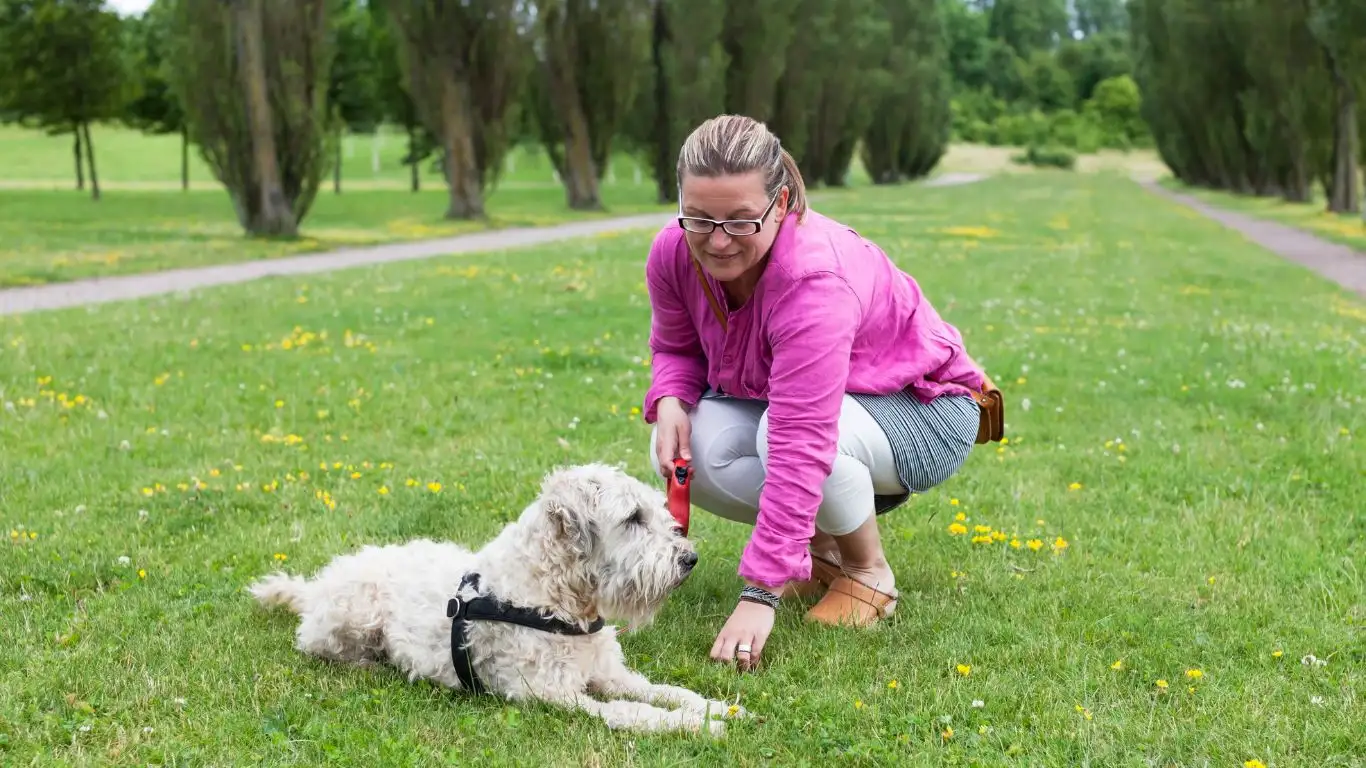
This part’s huge — and honestly one of the most common issues I see. One person trains the dog, the dog responds great. But then someone else in the household goes to leash them up, and it’s chaos again. Dogs thrive on consistency, and if one person rewards for calm and another encourages excited jumping during leash time, the dog gets mixed signals.
Get Everyone on the Same Page
- Have a family meeting (seriously — coffee, notepads, dog cookies… the works)
- Walk through the leash routine: calm starts, commands used, where treats are kept
- Practice together — even having one person leash while another rewards can work wonders
I worked with a family that had three kids under 10 and a spunky young Border Collie. At first, only the parents did leash training. But once the kids were included (with age-appropriate roles like handing out treats), the dog started showing way more cooperation — and less frustration for everyone involved.
Tools That Can Help (But Aren’t Magic Fixes)
Let’s talk gear for a second. I’m not big on gadget fixes — but there are a few tools I’ve found helpful, especially when used right.
- Front-clip harnesses: These can reduce pulling and help guide your dog into the right position.
- Martingale collars: Great for dogs who tend to back out of standard collars — just be sure you’re using it properly.
- Treat pouches: Keeps your hands free and rewards ready — I wear mine like a hip holster!
But here’s the real talk: no piece of equipment replaces training. I’ve seen the fanciest leashes and harnesses do nothing if the dog hasn’t learned what stillness means. So if you get a new tool, make sure to introduce it slowly and pair it with positive reinforcement — not frustration.
Celebrate the Small Wins
I always remind my clients: success in dog training isn’t all-or-nothing. If your dog used to do zoomies when the leash came out, and now they pause for two seconds? That’s a win. If you used to wrestle them like an alligator to get the leash clipped, and now they stand still for half a second? That’s progress.
Celebrate those moments. Praise your dog. Heck, praise yourself. Training is teamwork. And the more you make leash time a chill, rewarding ritual — the more your dog will meet you there.
And trust me, as someone who’s prepped therapy dogs to stay cool under all kinds of pressure — hospitals, schools, busy airports — it all starts with simple behaviors like this. Teaching your dog to stay still for a leash isn’t just about making walks easier. It’s about laying the groundwork for a confident, connected life together.
What to Do When Things Go Sideways

Alright, let’s be real for a second — sometimes, even after all your hard work, your dog will have an off day. Or maybe a squirrel will make a surprise cameo and blow all that zen energy right out the window. It happens! Even my most seasoned therapy dogs occasionally get the wiggles. What matters most isn’t perfection — it’s how you respond when the training doesn’t go as planned.
One time, during a hospital visit with Jasper (my rockstar golden retriever), he got distracted by the smell of cafeteria fries and completely ignored the stay-still cue. Did I freak out? Nope. I reset. Took a step back, got his attention with a calm “watch me,” and tried again. And boom — he nailed it on the second go. That’s the beauty of solid training. It gives you something to fall back on, even when things go sideways.
Tips for Handling Setbacks Without Stress
- Don’t repeat the command endlessly. Say it once, wait, and redirect if needed.
- Use a reset cue. Something like “break” or “okay” to shake it off and start fresh.
- Shorten the session. If your dog’s too distracted or frustrated, call it a day on a good note — even a small win.
Remember, training is a journey — not a race. Progress isn’t always linear, but the consistency is what pays off.
Making It Part of the Routine
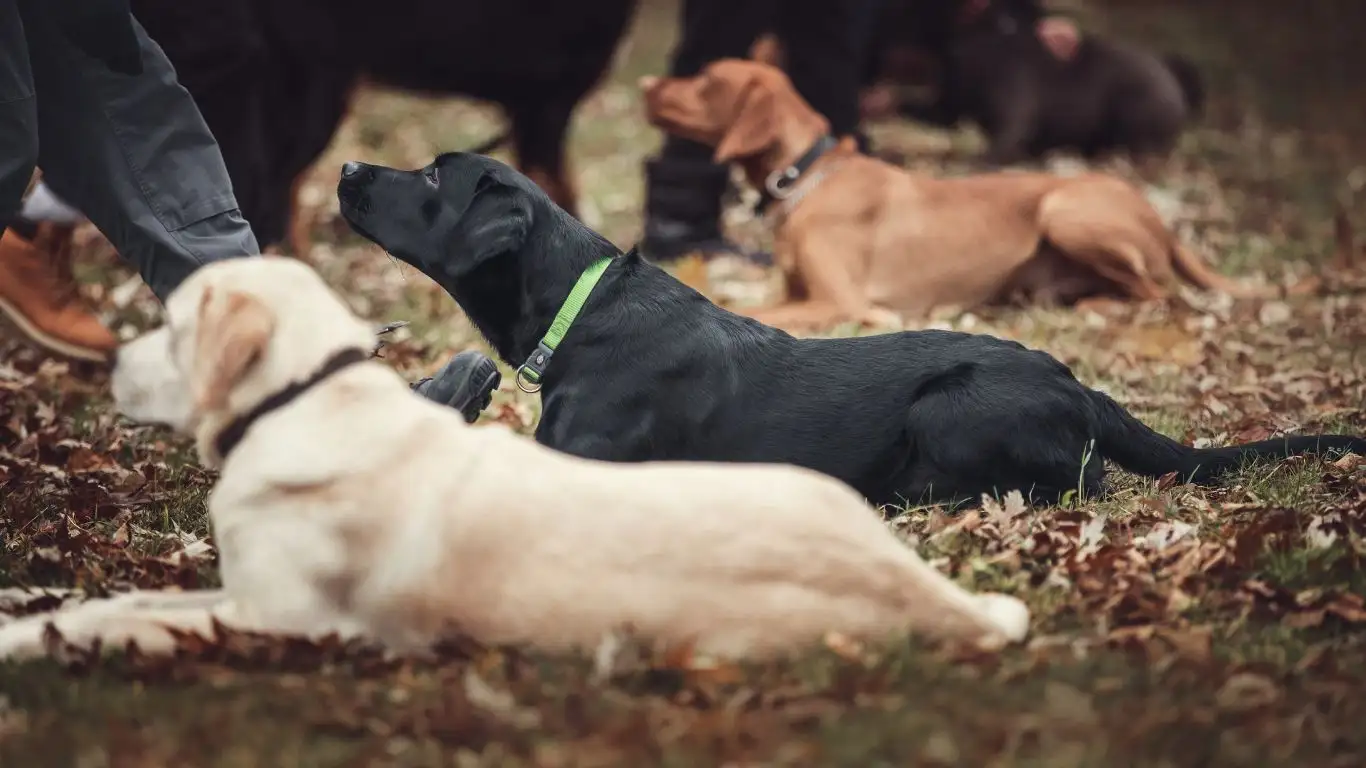
If you really want your dog to stay still for the leash every single time, you’ve got to make it a built-in part of their daily rhythm. Dogs love routine. They thrive on knowing what comes next.
Daily Rituals That Reinforce Stillness
- Pre-walk calm session: A couple minutes of calm cues, just like we covered in Part 1.
- Stillness = reward: Always reward even a few seconds of standing still with either treats, praise, or the walk itself.
- Clip the leash at their level: Don’t loom over them. Crouch or kneel to keep the energy grounded.
- Release only when calm: If they get too wiggly after you clip the leash, pause. Wait for a moment of stillness before heading out.
With my dogs, we even have a little “leash meditation” moment. They sit, I kneel, and we take a breath together before walking. Sounds silly, but it sets the tone — and the vibe is everything.
Helping Fearful or Rescue Dogs Adjust
Now, not every dog comes into your life with a blank slate. Many of the dogs I work with through canine-assisted therapy — especially rescues — have leash trauma or fear around handling. So let’s talk a little about how to approach those sensitive cases with care.
Gentle Desensitization
- Leave the leash nearby during playtime. Let them sniff it. No pressure.
- Pair any interaction with the leash with super high-value rewards.
- Use a calm, soft voice — and never approach with the leash in a rush.
One pup I trained, Misty, had been through some rough handling in her past. At first, she would bolt at the sight of a leash. We spent weeks just building her trust. Eventually, she started associating the leash with belly rubs and treats — and the fear melted away. There’s nothing more rewarding than seeing that transformation.
Signs Your Dog Is Truly Getting It
So how do you know it’s working? Here are a few signs your training is clicking:
- Your dog walks up and sits or stands calmly when they see the leash.
- They hold still while you reach down and clip it on.
- They check in with you before moving — that’s the golden moment.
This kind of behavior doesn’t just happen. It’s the result of clear communication, trust, and repetition. When it starts to stick, it’s like magic — the connection between you and your dog deepens, and everything becomes easier, from walks to vet visits.
Trusted Resources and Extra Help
If you ever feel like you’ve hit a wall, don’t be afraid to reach out for support. Not every dog learns the same way, and sometimes a second pair of eyes can make all the difference.
Here are a few solid resources I often recommend:
- American Kennel Club — great training basics and breed-specific tips.
- PetMD — helpful health and behavior articles from veterinarians.
- Health.com — especially helpful for those working with therapy or emotional support dogs.
- NIH — for deeper research on animal-assisted therapy and mental health benefits.
And of course, if you’re ever working toward therapy dog certification or community visits, don’t hesitate to get a professional trainer involved who has experience in canine behavior — ideally one with hands-on therapy or assistance dog background.
Final Thoughts
Training a dog to stay still for putting on a leash might seem like a tiny piece of the puzzle, but it’s so much more than that. It’s a chance to create calm, build communication, and strengthen the bond between you and your pup. Whether you’re raising a family pet or preparing a therapy dog for emotional support work, this one skill lays down a foundation of trust and cooperation.
From my years in the field, working with dogs in hospitals, rehab centers, and special needs classrooms, I can honestly say this: the simplest moments are often the most powerful. So don’t rush the leash work. Embrace it. Celebrate it. And watch what grows from there.
Disclaimer: This article is based on personal experience as a certified Canine-Assisted Therapy Trainer and should not replace advice from your veterinarian or professional behaviorist. Always use positive, force-free methods when working with animals and consult a certified trainer for personalized guidance when needed.
